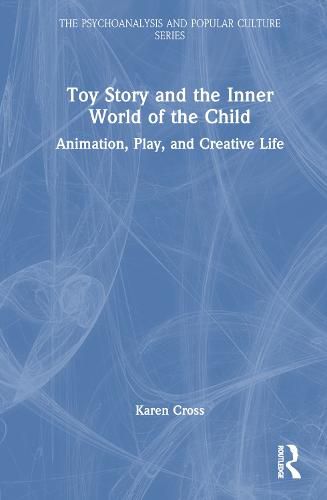Readings Newsletter
Become a Readings Member to make your shopping experience even easier.
Sign in or sign up for free!
You’re not far away from qualifying for FREE standard shipping within Australia
You’ve qualified for FREE standard shipping within Australia
The cart is loading…






Toy Story and the Inner World of the Child offers the first comprehensive analysis of the role of toys and play within the development of film and animation.
The author takes the reader on a journey through the complex interweaving of the animation industry with inner world processes, beginning with the early history of film. Karen Cross explores digital meditations through an in-depth analysis of the Pixar Studios and the making of the Toy Story franchise. The book shows how the Toy Story functions as an outlet for exploring fears and anxieties relating to new technologies and industrial processes and the value of taking a psycho-cultural approach to recent controversies surrounding the film industry, particularly its cultural and sexual politics.
The book is key reading for film and animation scholars as well as those who are interested in applications of psychoanalysis to popular culture and children’s media.
$9.00 standard shipping within Australia
FREE standard shipping within Australia for orders over $100.00
Express & International shipping calculated at checkout
Toy Story and the Inner World of the Child offers the first comprehensive analysis of the role of toys and play within the development of film and animation.
The author takes the reader on a journey through the complex interweaving of the animation industry with inner world processes, beginning with the early history of film. Karen Cross explores digital meditations through an in-depth analysis of the Pixar Studios and the making of the Toy Story franchise. The book shows how the Toy Story functions as an outlet for exploring fears and anxieties relating to new technologies and industrial processes and the value of taking a psycho-cultural approach to recent controversies surrounding the film industry, particularly its cultural and sexual politics.
The book is key reading for film and animation scholars as well as those who are interested in applications of psychoanalysis to popular culture and children’s media.